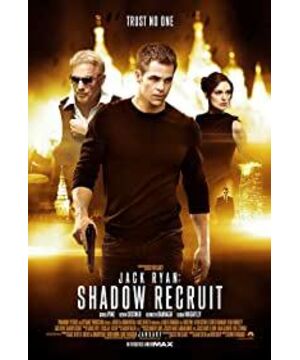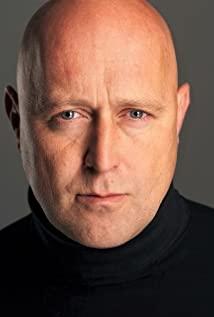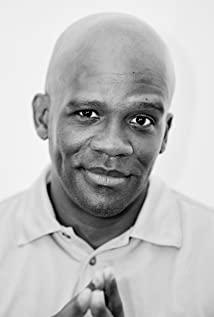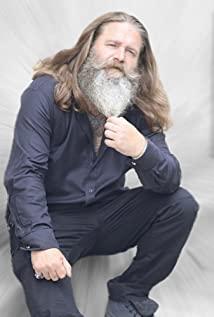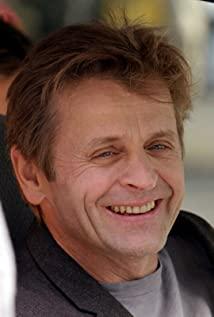new version of "Triggered" will also face such torture, although it puts the background in the 21st century in a playful manner, showing the horror of 9/11 in the title. events, scenes of the Afghan war, but still did not remove a little nostalgia for the Cold War. For the contradiction between the United States and the Soviet Union, the film undergoes a kind of re-structure, the shadow of the arms race no longer exists, and uses economic strategy and terror. A dual form of activity occurs. And the direct manipulator of this kind of activity is no longer the Russian government, but a terrorist in the pure sense. There is no official Russian character in the movie, nor a KGB. The movie avoids this kind of peaceful era. Political factors, of course, are also intentional.
Jack Lane in the movie became a 21st century doctoral student, soldier, and Wall Street analyst. These three identities symbolize American education, military affairs and economy respectively. However, this character also has another identity, that is, a CIA agent. All embody the cultural characteristics of American elitism, and as his fiancee, Casey, the role is set as a doctor/nurse, and this profession becomes the role of a helper and a healer. In the latter part of the film, she also becomes the role of action. A part, become the true facilitator of the American hero and advance and retreat together.
And the Russian terrorists are naturally placed on the opposite side, and they reflect various human weaknesses. The villain leader Victor has not appeared yet. The camera has already explained two of his characteristics, one is tyrannical and beating people. The other is that he has the habit of injecting drugs. As the plot progresses further, the film shows more of his limitations. For example, after passing the characters, he explains that he is "good wine and good woman", and then gives Jack Ryan Opportunity to sneak into his office to steal information while on guard (his wallet was stolen without even realizing it). Compared with the perfect incarnation of the American agent, the villain who is full of "drinking, sex and wealth" has a strong ideological point of view at a glance.
Victor is actually a "martyr", he dedicated everything to his motherland and faith. In his strategy, the purpose of financial speculation is to bring down the American economy, and the fuse is to create an explosion on Wall Street. This strategy The purpose is that the recession of the US economy has been the recovery of the Russian economy. Thus, the Cold War was given a new form here, and terrorist acts were no longer interpreted as mere acts of revenge. Although the fragmentary narration aimed at this point of view is in line with the "textuality of history", as far as the whole film is concerned, it still does not jump out of American ideology, which makes Victor show absurdity and stupidity, and also hinders the story and the relationship. Character, Robert McKee said, to make the protagonist stronger, you need to create a strong enough opponent first, and Victor obviously doesn't meet such standards in "Trigger".
So the movie takes on a one-sided situation, which creates a sense of dullness, the American victory rests on science, and the Russian defeat is attributed to himself, and Victor can only stare at a painting in religious music to relieve himself (Can anyone tell me what this painting is?). We can't and don't need to bother to understand the narrative of this movie. In addition to the lengthy foreshadowing in the first paragraph, this movie actually concentrates the highlights into two paragraphs, one is the process of seizing information, the other is the process of disarming the explosion. Each paragraph adopts the strategy of "last minute rescue" to accumulate climaxes, which is also a habitual method of Hollywood commercial films. It only contains a few scenes and is well understood by ordinary audiences.
In terms of time, the whole movie is almost one-way in keeping with time. The only exception is in the car where Ryan and his wife are going to dinner. The two flash back to the scene of lingering on the bed in silence, and important props appear. — the ring, which then turned into a bug. While this has some utility for the story, we also have to say that the props in the movie appear a little too cheap, such as the stolen dog and the gun in the drawer, which have no signifier function at all.
So although this movie has a certain viewing value, the plot is a bit simple. If we deepen the relationship between Casey and Ryan, and create a "Mrs. Smith"-like plot, I am afraid it will be much more interesting than now. In this movie In the film, the two confessed too early and resolved the tension. Casey began to act as another "parallel protagonist", sharing the role of Jack Ryan. Perhaps it was a compromise made by the film party because of the actor's fame. As for Jack Lane, he still has a distinctly old spy in him, giving the film a sense of nostalgia for a fading heroic era. However, after all, the Cold War has passed for a long time, and it is really a question whether the audience will accept such a movie.
View more about Jack Ryan: Shadow Recruit reviews


